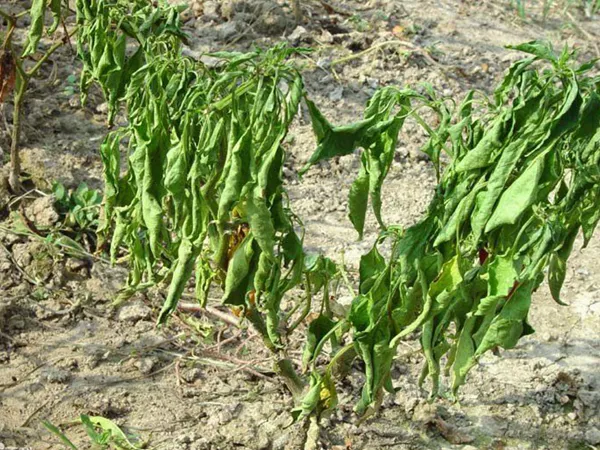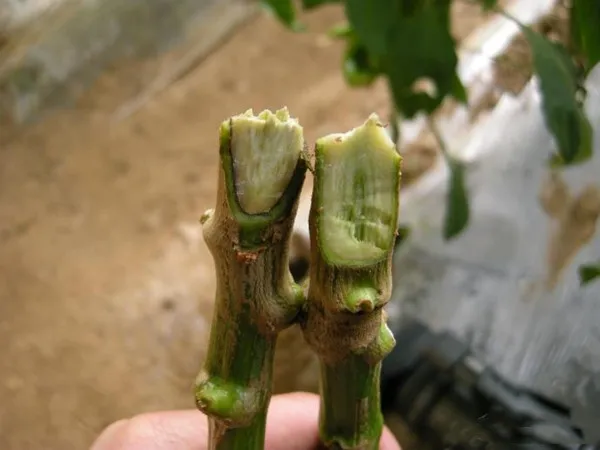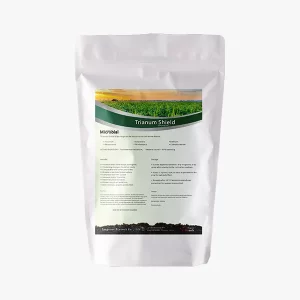Pepper plants wilting is a common symptom when the plant gets stressed. If your plants of pepper are losing their vigor, you might be wondering what you could do accomplish to correct the issue and why they’re turning brown.
Pepper plant wilting can result from water overflow, submerging or poor soil however, it could also be a sign of something more serious, such as an infestation of a pest or disease.
Find out more about the reasons for wilted pepper plant and how is possible to do in order to assist it recover.

Photosynthesis is vital for pepper plants because it allows them to produce glucose which can then be converted into other nutrients such as carbohydrates and proteins.
Water also forms the protoplasm in pepper plant cells, which is a fluid sap containing mitochondria and other cell components.
A lack of water deeply disturbs pepper plants, slowing or even stopping standard functions like photosynthesis, water transport, and cell growth. This leads to Pepper plants leaves drooping.
Bell Pepper plants, unlike most houseplants love the sun. Sunlight is responsible for the dark green color you see in healthy Pepper.
Photons are quantum particles of light that can be absorbed by the sun. The green pigment chlorophyll is abundant in Pepper leaves. This pigment absorbs the sun’s rays.
They contain energetic molecules that accelerate photosynthesis. Enzymes made from protein are also found in this plants. These enzymes aid your plant to store, process, and digest its food. They are more productive due to the heat of sunlight.
Too much sun can cause enzyme damage. You’ll see some drops in the water contents from your Pepper. They curl up to protect their skin from the water evaporating from the leaves. This could be why your Pepper is wilting and dying.
Hot Pepper plants are well-known for causing fungal infections. It’s time for you to examine your Pepper’s leaves if you suspect it is suffering from fungal issues.
Pay attention to the color of your Pepper leaves. The healthy color of leaves will be more vibrant and vibrant green. They can develop mustard yellow hues from fungal infections. Sometimes fungus can also make the leaves turn brown when it decides to eat them.
If they suffer from fungal infections You may notice streaks, patches or spots with these hues upon Pepper leaves. They may also curl up around the edges, making them look sick.
Fungal problems can cause wilting if an annoying fungus species attacks your plant. The most common are Fusarium and verticillium wilt.
Both live in soil. They are more likely to be found in soil that isn’t well-balanced, or hasn’t been changed for a while. These pathogens can be absorbed by your Pepper’s vascular system if you don’t water it.
They will block the vessels and cells of your plant, making it impossible to grow them. It won’t be capable of transporting water, minerals, and nutrients.
The leaves of the Pepper, like other organs, also suffer. They become dry, brittle and yellow if they don’t get enough nutrition. They will be forced to droop, wilt and not receive nutrition.

Pest infection is another reason for your leaves dropping. Pests that infect the plant includes- aphids, spider mites, and whiteflies. The plant foliage changes color and droops pepper leaves when the attack is severe.
The discoloring of leaves can be either yellow or brown spots. Finally, pepper leaves will wilt and eventually fall off.
These pests’ larvae can also spread viruses such as spotted wilt. This virus is known as Tomato spotted Wilt virus. However, it can also spread to pepper plants.
The wilting pepper plant drop and eventually die from bacterial disease. The plant eventually dies. This is a serious problem that can’t be saved again.
Once you have identified the infected plant and remove the roots. Then, burn it. This soil-borne pathogen is easily spread to other plants by the water.
Some growers flood their Peppers with water when they discover that it is thirsty. This is not the best way to go, as it can cause more damage than good. First, don’t overwater your plants to solve your wilting leaves.
Examining the soil can help you determine how much water your Pepper plant needs. If your Pepper plant is not getting enough water, and it’s reading this in summertime, you might need to water it daily. If you do not wait at least two days to water it.
Bell peppers can turn many colors in the sunlight when they ripen. It also causes the leaves wilt. Cover your bell pepper field with a cloth in order to protect your plant from any direct sunlight.
 There is no cure to wilted pepper plants but always prevention for fungal wilt, Trianum Shield is organic fungicide can be used when planting or transplant pepper plant, it contains trichoderma harzianum, that can help to control the pathogenic fungus’s activities in the soil. When apply Trianum Shield, it will colonize on the plant’s roots and protection it infected by soil pathogic disease, morever, it helps break down the organic matter that is important for the growth of pepper, and produces a compound that inhibits the growth of pepper fusarium. Therefore, there is less chance of pepper fusarium wilt happening and a higher level of safety for the plants.
There is no cure to wilted pepper plants but always prevention for fungal wilt, Trianum Shield is organic fungicide can be used when planting or transplant pepper plant, it contains trichoderma harzianum, that can help to control the pathogenic fungus’s activities in the soil. When apply Trianum Shield, it will colonize on the plant’s roots and protection it infected by soil pathogic disease, morever, it helps break down the organic matter that is important for the growth of pepper, and produces a compound that inhibits the growth of pepper fusarium. Therefore, there is less chance of pepper fusarium wilt happening and a higher level of safety for the plants.
Prevention is essential to pepper plants wilting, it ensure that your plants stay in good condition, don’t use the use of overhead irrigation, and then clean the fallen leaves and flowers.
Contact us and apply fungicide to prevent pepper plants wilting today.
Cutworms in gardens are a major menace to all..
As a farmer,I inspect my fields daily to monitor..
It all started with a worried farmer named Mr...

Leave a Reply